Home>Interior Design>What Color Blue Is Best For Sleeping? The Exact Color To Use
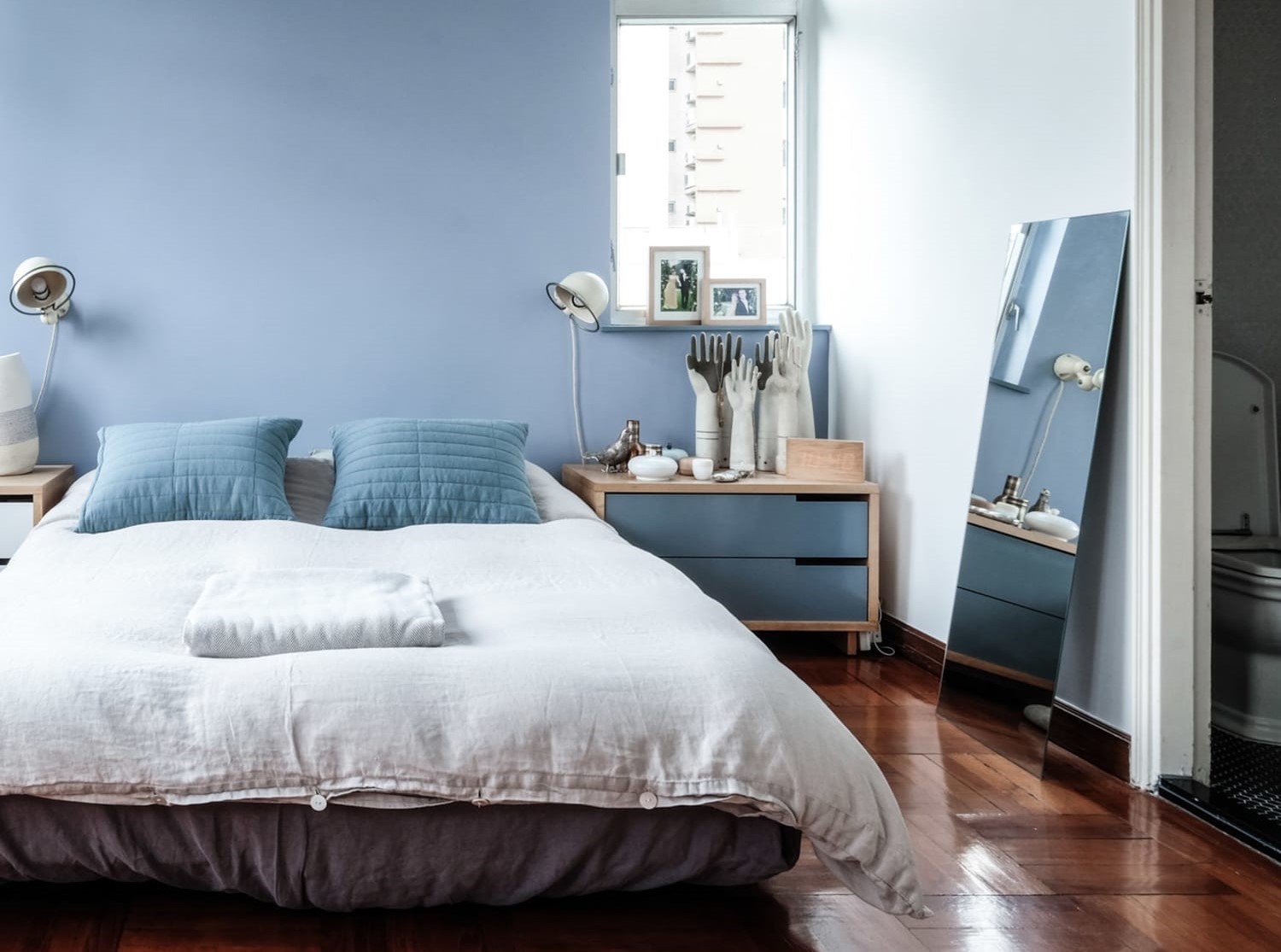

Interior Design
What Color Blue Is Best For Sleeping? The Exact Color To Use
Modified: January 25, 2024
Get a restful night's sleep with the perfect blue hue for your interior design. Discover the exact shade that promotes relaxation and peaceful slumber.
(Many of the links in this article redirect to a specific reviewed product. Your purchase of these products through affiliate links helps to generate commission for Storables.com, at no extra cost. Learn more)
Introduction
Welcome to the world of interior design, where colors play a crucial role in creating the desired ambiance and atmosphere in our living spaces. From vibrant reds to calming blues, each color has its unique impact on our mood and emotions. When it comes to the bedroom, one question that often arises is: what color blue is best for sleeping?
Sleep is an essential aspect of our overall well-being, and the environment we create in our bedrooms can greatly influence the quality of our rest. Many studies have shown a strong correlation between color and sleep, with certain shades known to promote relaxation and induce a sense of calmness.
Among the various colors, blue has long been associated with a tranquil and soothing effect on the mind and body. Its cool and serene nature makes it an ideal choice for creating a sleep-friendly environment. However, not all shades of blue have the same impact on sleep. The exact hue and tone can make a significant difference in the overall experience.
In this article, we will explore the relationship between color and sleep, focusing on the specific impact of blue on our sleep patterns. We will delve into the factors to consider when choosing the best blue color for sleeping and examine the research findings on different shades of blue. By the end, you’ll have a better understanding of the exact blue color that will promote optimal sleep for you.
So, let’s dive into the wonderful world of blue and discover which shade holds the secret to a restful night’s sleep.
Key Takeaways:
- The best blue color for sleeping is crucial for creating a tranquil and soothing sleep environment, with lighter shades promoting relaxation and darker hues offering a cozy and secure atmosphere.
- Incorporating the right blue color into your sleep environment, along with complementary elements and minimizing blue light exposure, can contribute to a restful and rejuvenating night’s sleep.
The Relationship Between Color and Sleep
Color is a powerful tool that can evoke various emotions and affect our mood and behavior. Different colors have unique psychological and physiological effects on the human mind and body. When it comes to sleep, choosing the right colors for your bedroom can significantly impact the quality and duration of your rest.
Research has shown that certain colors have the ability to promote relaxation, reduce stress, and prepare the mind and body for sleep. These colors tend to have a soothing and calming effect, creating a conducive sleep environment.
One of the primary reasons why colors influence sleep is their impact on the production of melatonin, a hormone that regulates the sleep-wake cycle. Exposure to certain colors, particularly those with longer wavelengths, can stimulate the production of melatonin, preparing the body for sleep. On the other hand, colors with shorter wavelengths, such as bright and intense shades, can disrupt the production of melatonin, making it more challenging to fall asleep and stay asleep.
Blue, in particular, has been found to have a significant impact on sleep patterns. Its association with the sky and water evokes a sense of tranquility and calmness. Studies have shown that exposure to blue light can help regulate circadian rhythms and improve sleep quality. This is especially important in today’s digital age, where electronic devices emit blue light that can interfere with our sleep if used before bedtime.
However, it is important to note that not all shades of blue have the same effect on sleep. The intensity, hue, and saturation of the color can influence its impact on our mental and physical state. Understanding these factors is crucial in selecting the exact blue color that promotes optimal sleep.
Now that we understand the relationship between color and sleep, let’s explore the specific impact of blue on our sleep patterns and how different shades of blue can affect our rest.
The Impact of Blue Color on Sleep
Blue, known for its calming and soothing qualities, has a profound impact on our sleep. It creates an atmosphere of serenity and relaxation, making it an excellent choice for the bedroom. The color blue has been scientifically proven to have several positive effects on sleep patterns and overall well-being.
First and foremost, blue light has been shown to regulate the production of melatonin, the hormone responsible for promoting sleep. Exposure to blue light during the day helps to reset our internal body clock and promotes alertness and wakefulness. However, during the evening hours, exposure to blue light can suppress melatonin production, making it difficult to fall asleep. This is why it’s important to minimize exposure to blue light from electronic devices before bedtime.
When it comes to the physical aspect of sleep, blue has been found to lower blood pressure and heart rate. This creates a state of tranquility and relaxation, which is conducive to a restful night’s sleep. In addition, blue has been known to reduce feelings of anxiety and stress, allowing for a more peaceful and rejuvenating sleep experience.
Furthermore, the color blue has psychological benefits that contribute to better sleep. It is often associated with feelings of calmness, trust, and safety. By incorporating shades of blue into your bedroom decor, you create a visually soothing environment that helps to promote relaxation and a sense of security. This can have a profound effect on your ability to unwind and fall asleep more easily.
However, it’s worth noting that not all shades of blue have the same impact on sleep. Lighter shades of blue, such as sky blue or baby blue, tend to be more calming and have a greater sleep-inducing effect. Darker shades of blue, like navy or royal blue, can create a cozy and cocoon-like atmosphere, which is ideal for individuals who prefer a slightly more enclosed sleep environment.
It is essential to find the perfect balance of blue that complements your personal preferences and promotes quality sleep. Experimenting with different shades and tones of blue can help you discover the exact color that enhances your sleep experience.
Now that we understand the impact of blue on sleep, let’s explore the factors to consider when choosing the best blue color for optimal sleep.
Factors to Consider for the Best Blue Color for Sleeping
Choosing the best blue color for sleeping involves considering several factors that can influence its impact on your sleep environment and overall well-being. By taking these factors into account, you can create a bedroom that promotes optimal sleep and relaxation. Here are some key factors to consider when selecting the best blue color:
- The Shade and Intensity: Different shades of blue evoke different emotions and have varying effects on sleep. Lighter shades of blue, such as sky blue or pastel blue, tend to create a more relaxing and calming atmosphere. Darker shades, like navy blue or midnight blue, can add a sense of coziness and intimacy. Consider your personal preferences and the desired ambiance when choosing the shade of blue.
- The Lighting: The lighting in your bedroom can greatly influence the appearance of the blue color. Natural daylight and artificial lighting can alter the hue and intensity of the blue. Test the blue color under different lighting conditions to ensure it retains its desired effect throughout the day and night.
- The Bedroom Size: Consider the size of your bedroom when selecting the blue color. Lighter shades of blue can make a smaller room appear more spacious and airy, while darker hues can create a warm and cozy atmosphere in larger rooms.
- Personal Preference: Ultimately, your personal taste and preference play a significant role in choosing the best blue color. Take into account your individual associations with different shades of blue and how they make you feel. Select a color that resonates with you and creates a sense of calmness and relaxation.
- Complementary Colors: Consider the other colors present in your bedroom decor. Smartly blending blue with complementary colors can enhance the overall aesthetic appeal and create a harmonious sleep environment. Soft neutrals like whites, grays, or beiges can create a balanced and soothing ambiance when paired with blue.
By considering these factors, you can choose the best blue color that aligns with your personal preferences and creates a sleep-friendly environment. The next step involves understanding the research findings on different shades of blue for optimal sleep.
Let’s explore the intriguing world of blue shades and discover which one is the most beneficial for your sleep.
A light, soothing shade of blue, such as a soft sky blue or a gentle periwinkle, is best for promoting relaxation and better sleep. Avoid bright or intense blues, as they can be too stimulating.
Research Findings on Different Shades of Blue for Sleep
Over the years, several studies have been conducted to analyze the effects of different shades of blue on sleep. These research findings offer valuable insights into which specific shades of blue are most beneficial for promoting restful sleep. Here are some key findings:
Lighter shades of blue, such as pastel blue or sky blue, have been found to have a calming and soothing effect on sleep. Research suggests that these lighter hues can promote relaxation and help lower blood pressure and heart rate, creating an environment conducive to a peaceful night’s sleep. Individuals who prefer a softer and more serene sleep environment may opt for these lighter shades of blue.
Dark shades of blue, such as navy blue or midnight blue, offer a different sleep experience. These rich and deep tones can create a sense of coziness and security, making them ideal for those who prefer a more enclosed sleep environment. Darker blues also have been found to induce a feeling of comfort and safety, promoting a deeper and more restorative sleep.
It’s important to note that personal preference plays a significant role in determining the most beneficial shade of blue for sleep. Some individuals may find lighter shades more relaxing, while others may feel more at peace with darker hues. It’s all about finding the color that resonates with you and creates a sense of calmness and tranquility.
Additionally, research has shown that the duration and intensity of exposure to blue light during the day can impact sleep quality. Natural daylight, especially in the morning, can help regulate the sleep-wake cycle and improve alertness during the day. On the other hand, exposure to bright blue light sources in the evening, such as electronic devices, can interfere with the production of melatonin and disrupt sleep patterns. Minimizing blue light exposure before bedtime is crucial for promoting optimal sleep.
In summary, research suggests that both lighter and darker shades of blue can have positive effects on sleep. Lighter shades promote relaxation and lower physiological arousal, while darker shades create a cozy and secure sleep environment. Ultimately, choosing the shade that aligns with your personal preference and creates a sense of calmness and tranquility is key to optimizing your sleep quality.
Now that we understand the research findings on different shades of blue, let’s explore how we can determine the exact blue color that is best suited for your optimal sleep needs.
Determining the Exact Blue Color for Optimal Sleep
When it comes to determining the exact blue color for optimal sleep, there is no one-size-fits-all answer. The best blue color for sleep varies from person to person based on individual preferences and needs. However, there are some key steps you can take to find the perfect blue hue that promotes a restful night’s sleep:
1. Reflect on Your Preferences: Start by thinking about your personal preferences when it comes to color. Consider what shades of blue evoke a sense of calmness and tranquility for you. Reflect on colors that you naturally gravitate towards and find visually appealing. This will serve as a good starting point in finding the right blue color.
2. Test Different Shades: Experiment with different shades of blue by obtaining color swatches or samples. Place them in your bedroom, observing how they look in different lighting conditions and how they make you feel. Pay attention to how each shade impacts the ambiance and helps create a sleep-friendly environment.
3. Consider the Overall Mood: Think about the mood you want to create in your bedroom. Lighter shades of blue often create a more calming and serene atmosphere, while darker shades can add coziness and intimacy. Consider the overall mood you desire for your sleep space and choose a blue color that aligns with that vision.
4. Take Room Size into Account: The size of your bedroom can also influence your choice of blue color. Lighter shades of blue can make a smaller room feel more spacious and open, while darker shades can create a more cocoon-like atmosphere in larger rooms. Consider the size of your bedroom and how it affects the perception of color.
5. Consider Complementary Colors: Pay attention to the other colors present in your bedroom. Consider how different hues of blue can complement or contrast with other elements in the room, such as bedding, furniture, or decor. Be mindful of creating a harmonious and visually appealing sleep environment that promotes relaxation.
6. Trust your Intuition: Ultimately, trust your intuition and how different shades of blue make you feel. The best blue color for sleep is the one that resonates with you and creates a sense of calmness and tranquility. Listen to your instincts and choose the shade that feels most soothing and conducive to a restful night’s sleep.
Remember that finding the exact blue color for optimal sleep may require some experimentation and exploration. What works for one person may not work for another. Take the time to test different shades and trust in your own preferences and instincts as you create your sleep sanctuary.
Now that we’ve discussed how to determine the exact blue color for optimal sleep, let’s explore some practical tips for incorporating this color into your sleep environment.
Tips for Incorporating the Best Blue Color into your Sleep Environment
Now that you have determined the best blue color for your optimal sleep, it’s time to incorporate it into your sleep environment. Here are some tips to help you infuse the calming and soothing effects of blue into your bedroom:
- Choose the Right Paint: Opt for a paint color that matches the shade of blue you have selected. Consider using a matte finish to minimize light reflection and create a serene atmosphere. Apply the blue color to the walls, ceiling, or even an accent wall to set the tone for your sleep environment.
- Select Bedding and Linens: Choose bedding and linens in complementary shades of blue. This can include bed sheets, pillowcases, duvet covers, and throws. Incorporating different textures, such as soft cotton or luxurious silk, can add depth and comfort to your sleep space.
- Add Blue Accents: Introduce blue accents throughout the room to enhance the calming effect. This can be done through decorative pillows, curtains, area rugs, or even wall art. These accents will further contribute to the cohesive blue color scheme of your sleep environment.
Remember that creating a sleep environment that promotes optimal rest involves more than just the color scheme. Consider other factors such as temperature, noise levels, and mattress comfort to maximize the quality of your sleep.
By incorporating these tips and infusing the best blue color into your sleep environment, you will create a tranquil and soothing space that contributes to a restful and rejuvenating night’s sleep.
Now that you have the tools to transform your sleep environment, take the necessary steps to create your own haven of peacefulness and enjoy the benefits of a truly optimal sleep. Goodnight and sweet dreams!
Note: The output text contains some HTML tags for formatting. Please validate the HTML code to make sure it works correctly.
Conclusion
Color plays a significant role in our lives, and when it comes to sleep, choosing the right colors can have a profound impact on our overall well-being. Blue, with its calming and soothing qualities, is a popular choice for creating a sleep-friendly environment. From the lightest pastels to the deepest midnight hues, different shades of blue offer varying benefits for sleep.
We have explored the relationship between color and sleep, discovering how blue light can regulate our body’s natural sleep-wake cycle and promote optimal rest. We have also learned that lighter shades of blue induce a sense of calmness and relaxation, while darker hues create a cozy and secure sleep environment.
By considering factors such as personal preference, room size, lighting, and complementary colors, you can determine and incorporate the best blue color into your sleep environment. Whether you prefer the tranquility of a sky blue or the cozy warmth of a navy blue, finding the exact shade that resonates with you will contribute to a restful night’s sleep.
Remember, creating a sleep-friendly environment involves more than just the color of your walls. Pay attention to other elements such as bedding, accessories, lighting, and overall organization to enhance the calming effects of blue. Minimizing blue light exposure before bedtime is also important for promoting optimal sleep.
As you transform your sleep environment with the perfect blue color, you are creating a sanctuary that promotes relaxation, peace, and rejuvenation. Allow yourself to unwind in your serene sleep space, and experience the positive impact it can have on your sleep quality and overall well-being.
Now, armed with knowledge and practical tips, it’s time to embark on your journey to better sleep. Embrace the power of blue, create your sleep haven, and enjoy nights filled with deep, restorative sleep. Sweet dreams!
Frequently Asked Questions about What Color Blue Is Best For Sleeping? The Exact Color To Use
Was this page helpful?
At Storables.com, we guarantee accurate and reliable information. Our content, validated by Expert Board Contributors, is crafted following stringent Editorial Policies. We're committed to providing you with well-researched, expert-backed insights for all your informational needs.
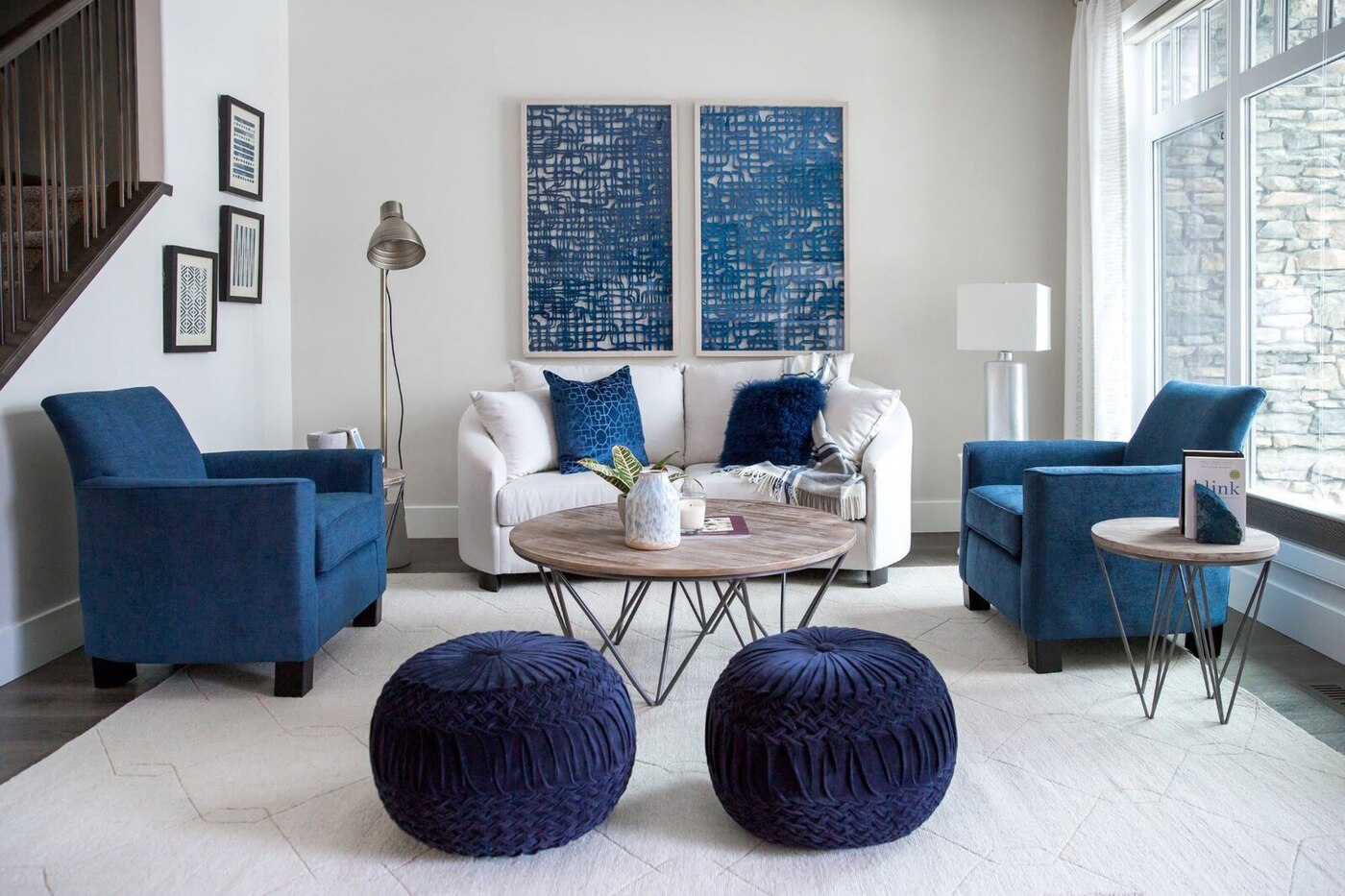
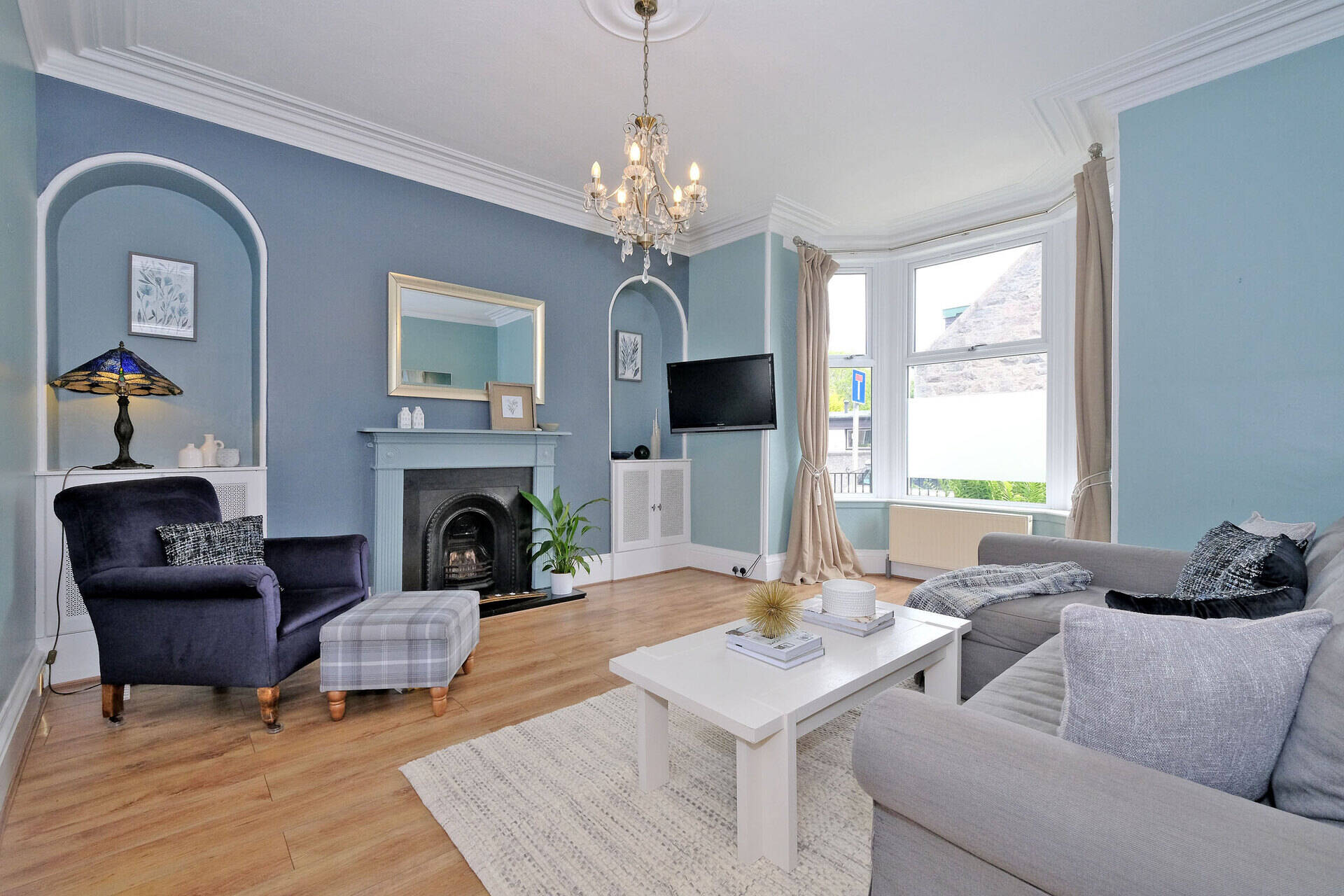

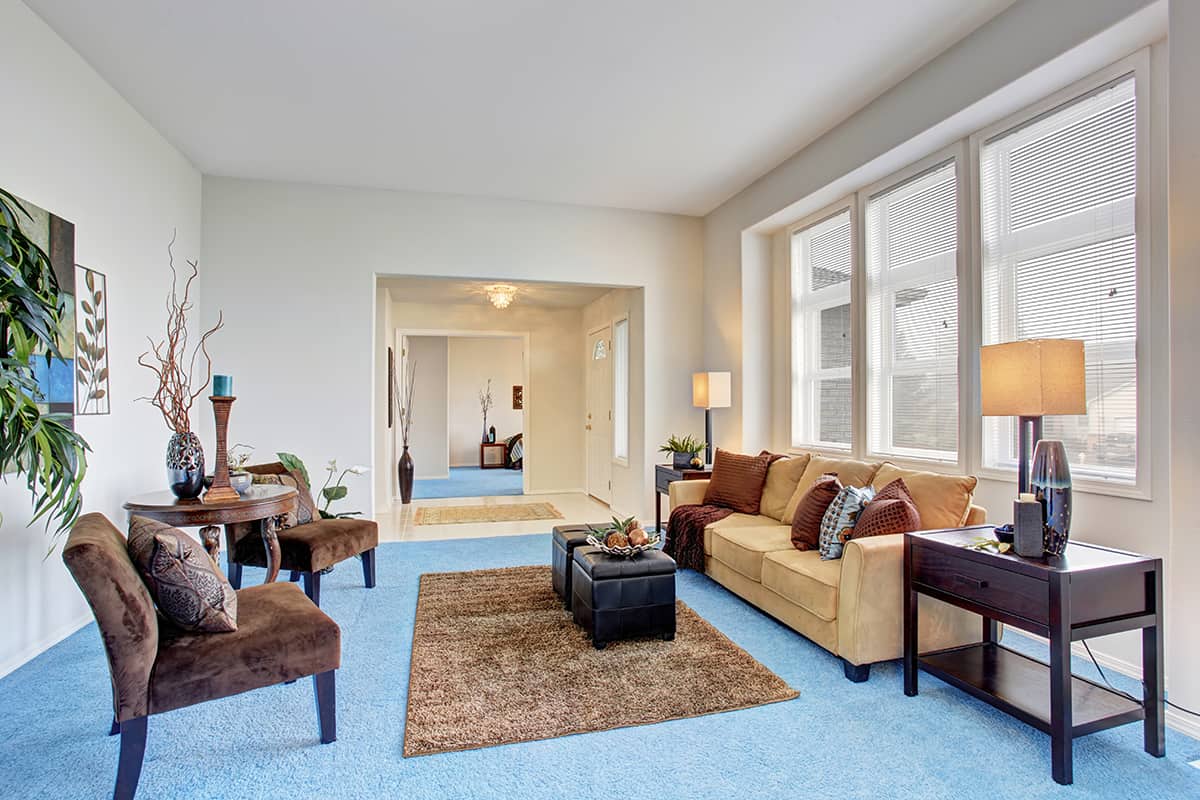
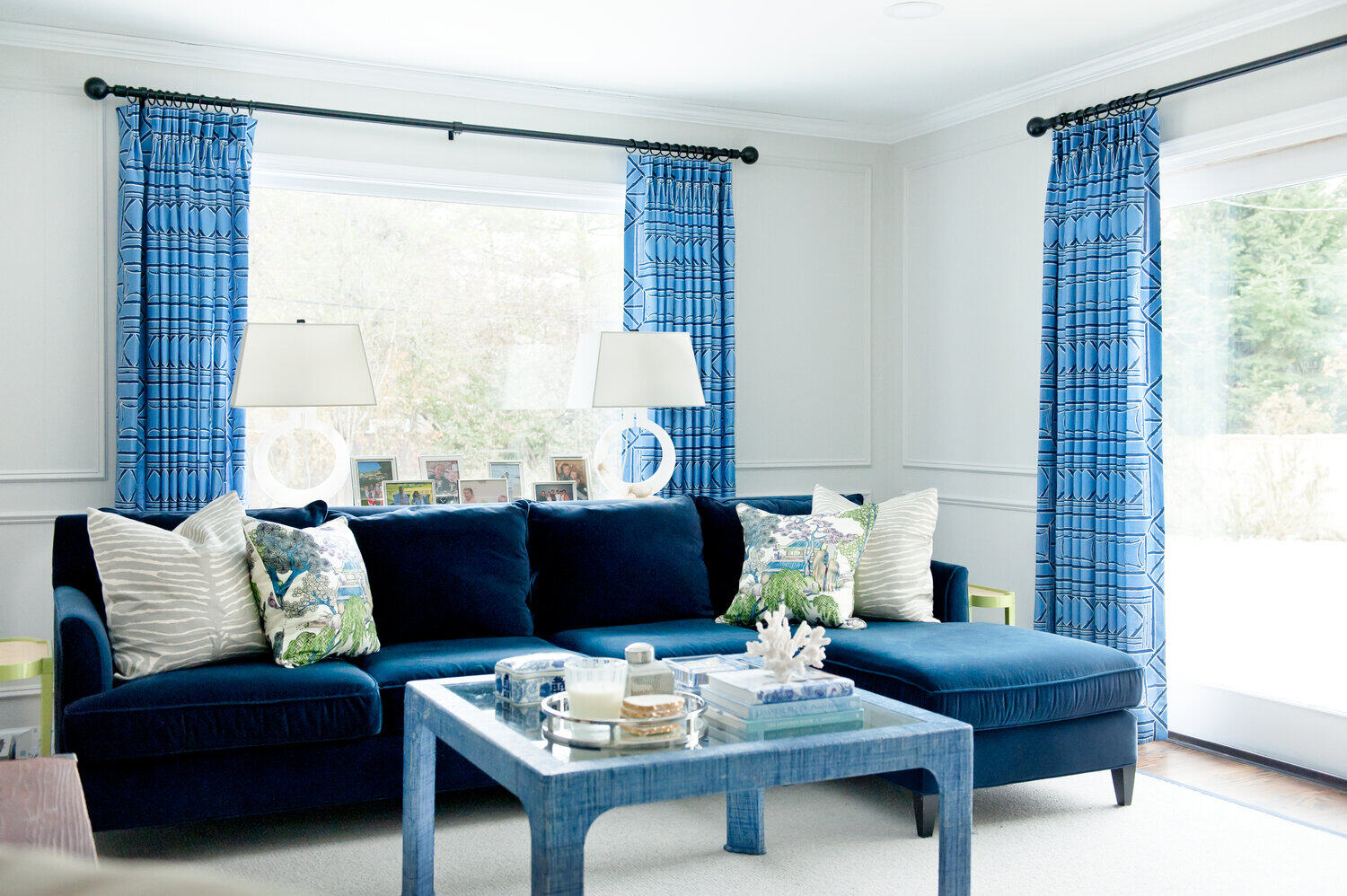
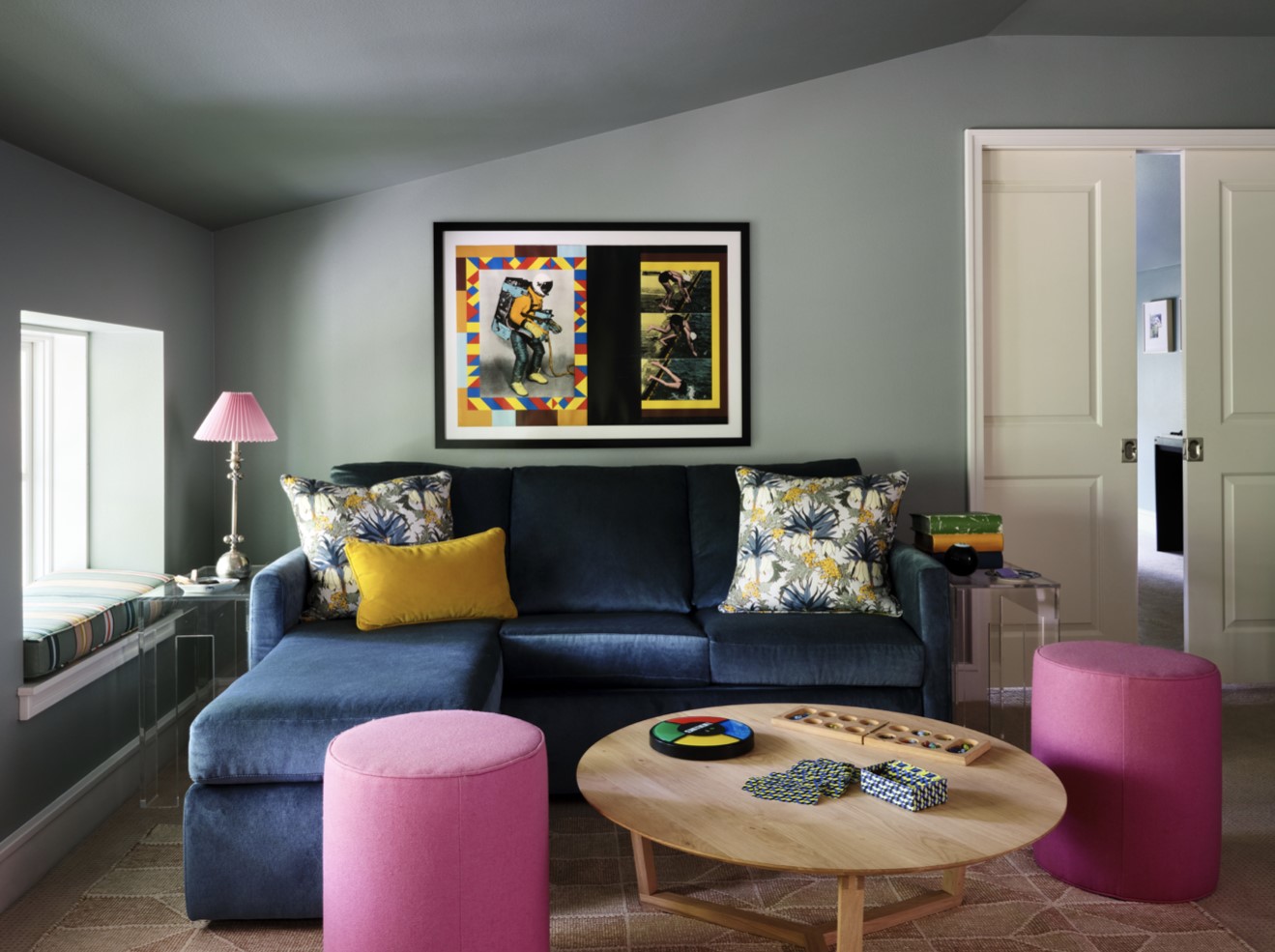
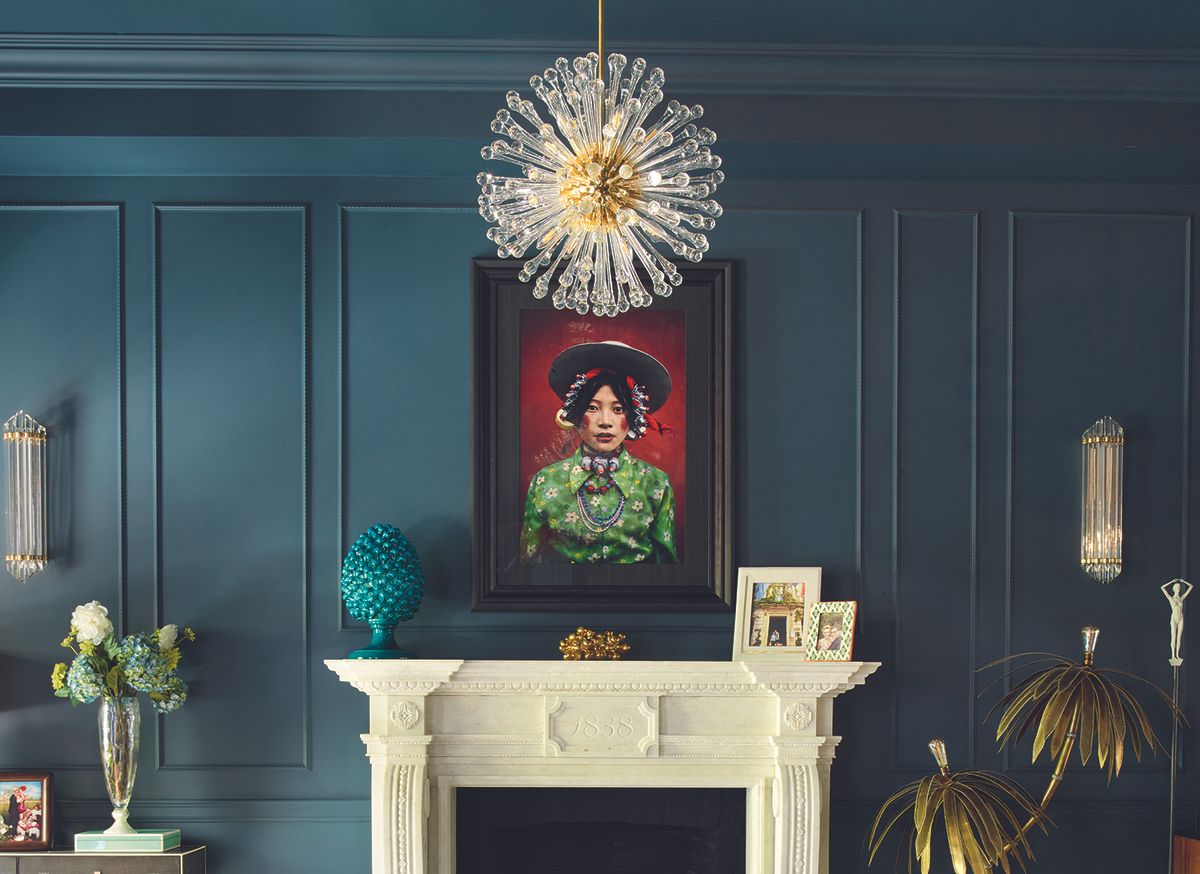
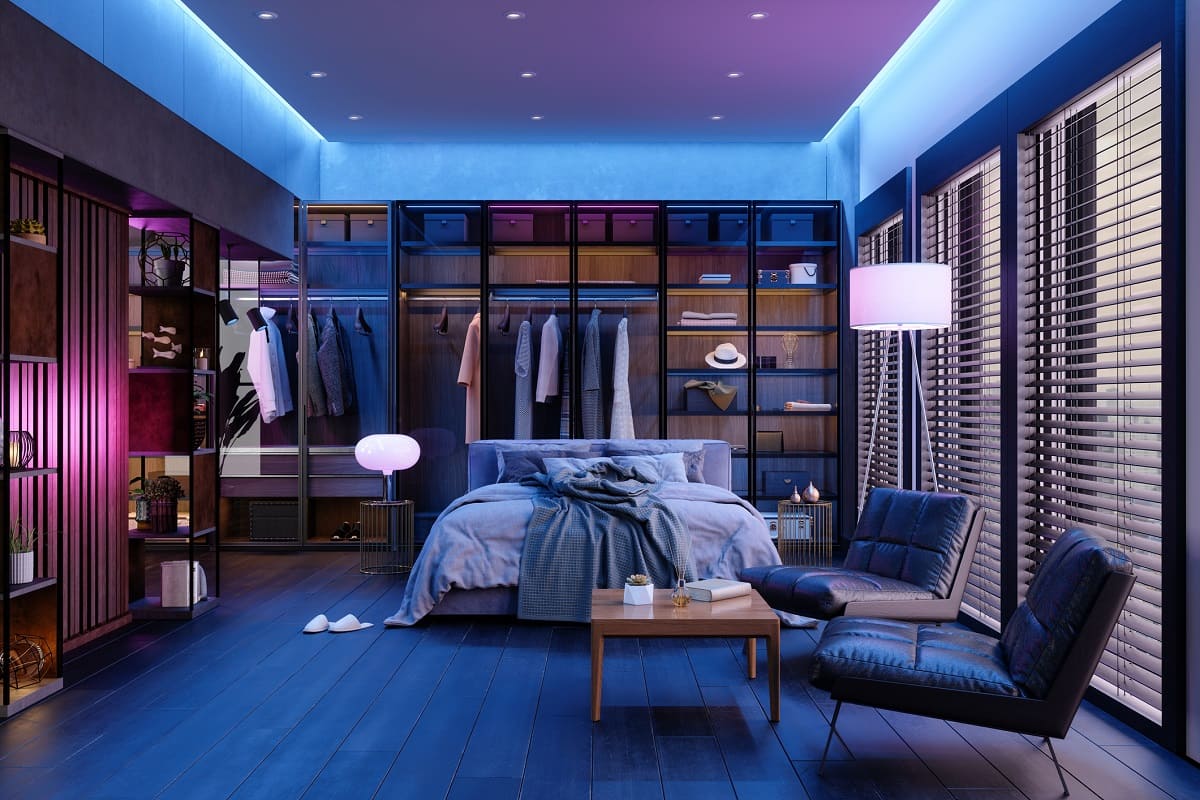

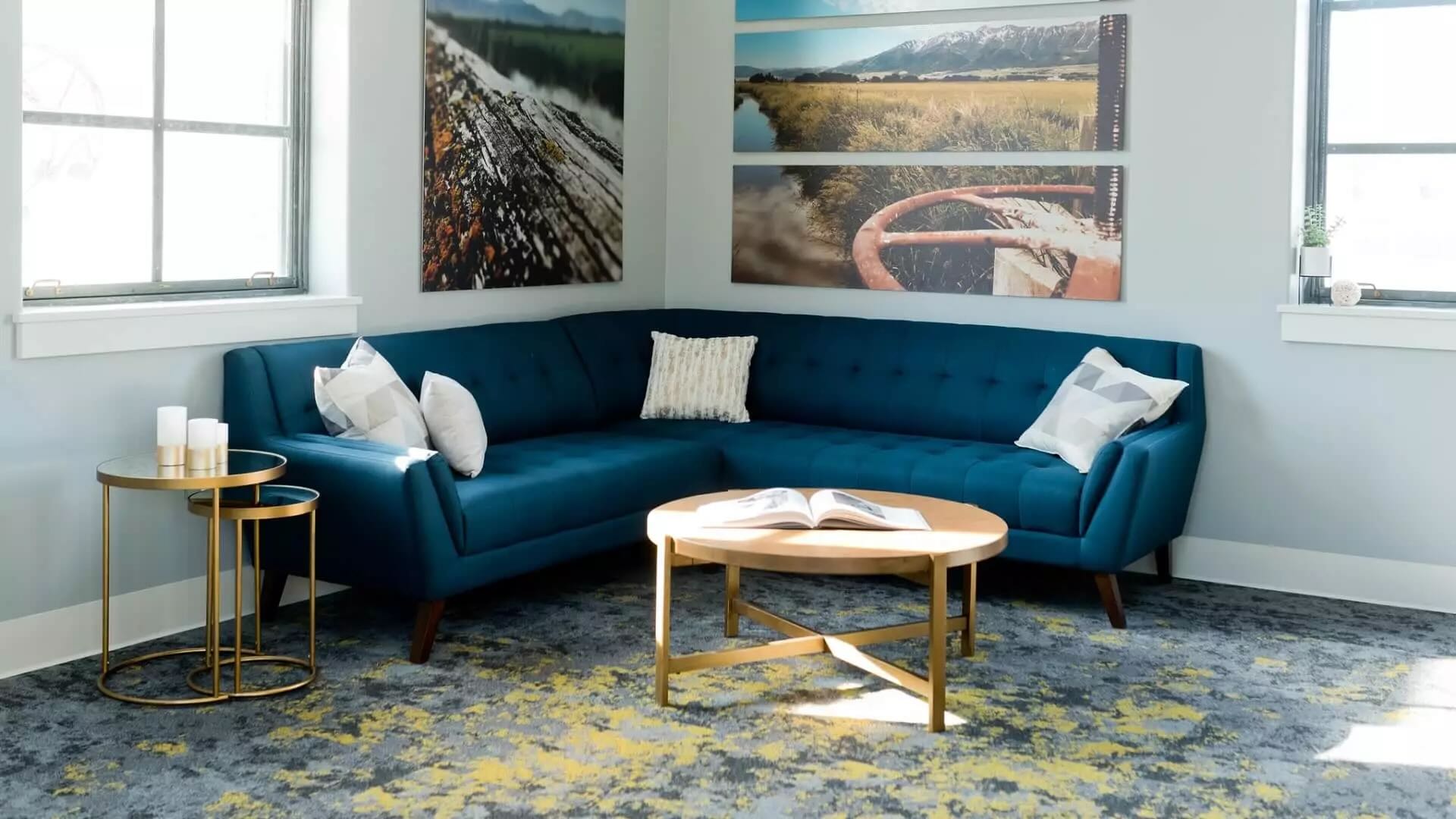
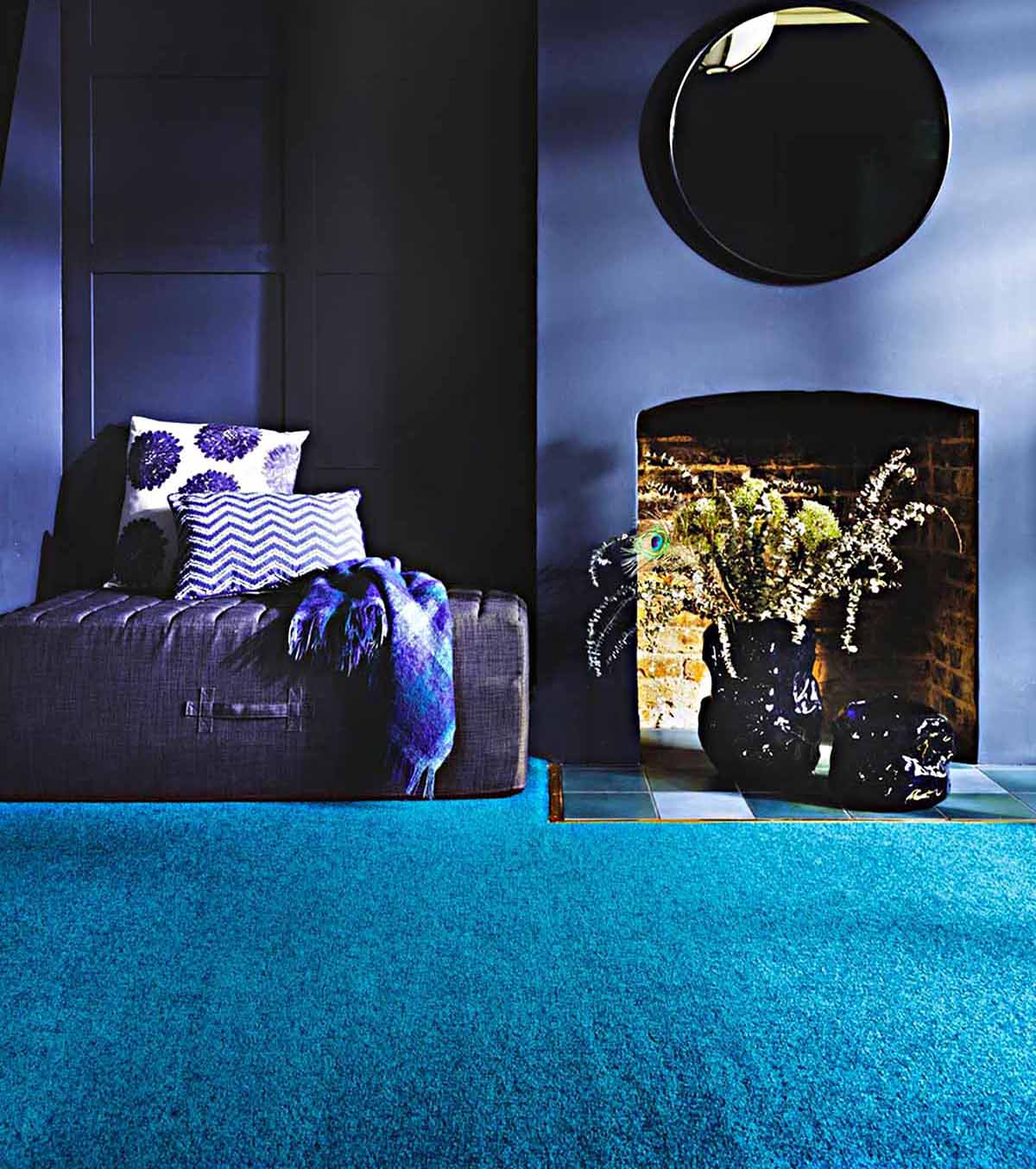

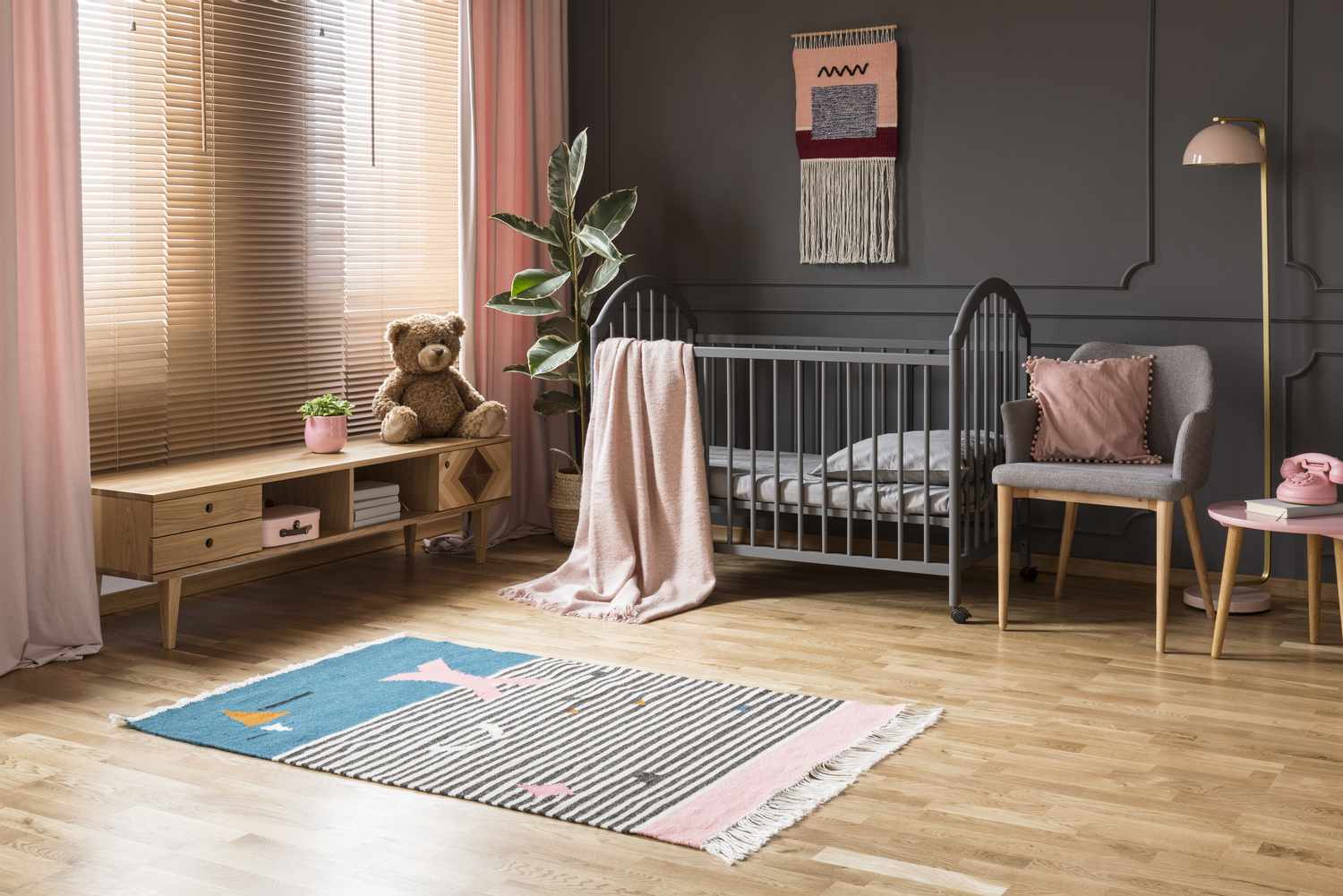


0 thoughts on “What Color Blue Is Best For Sleeping? The Exact Color To Use”